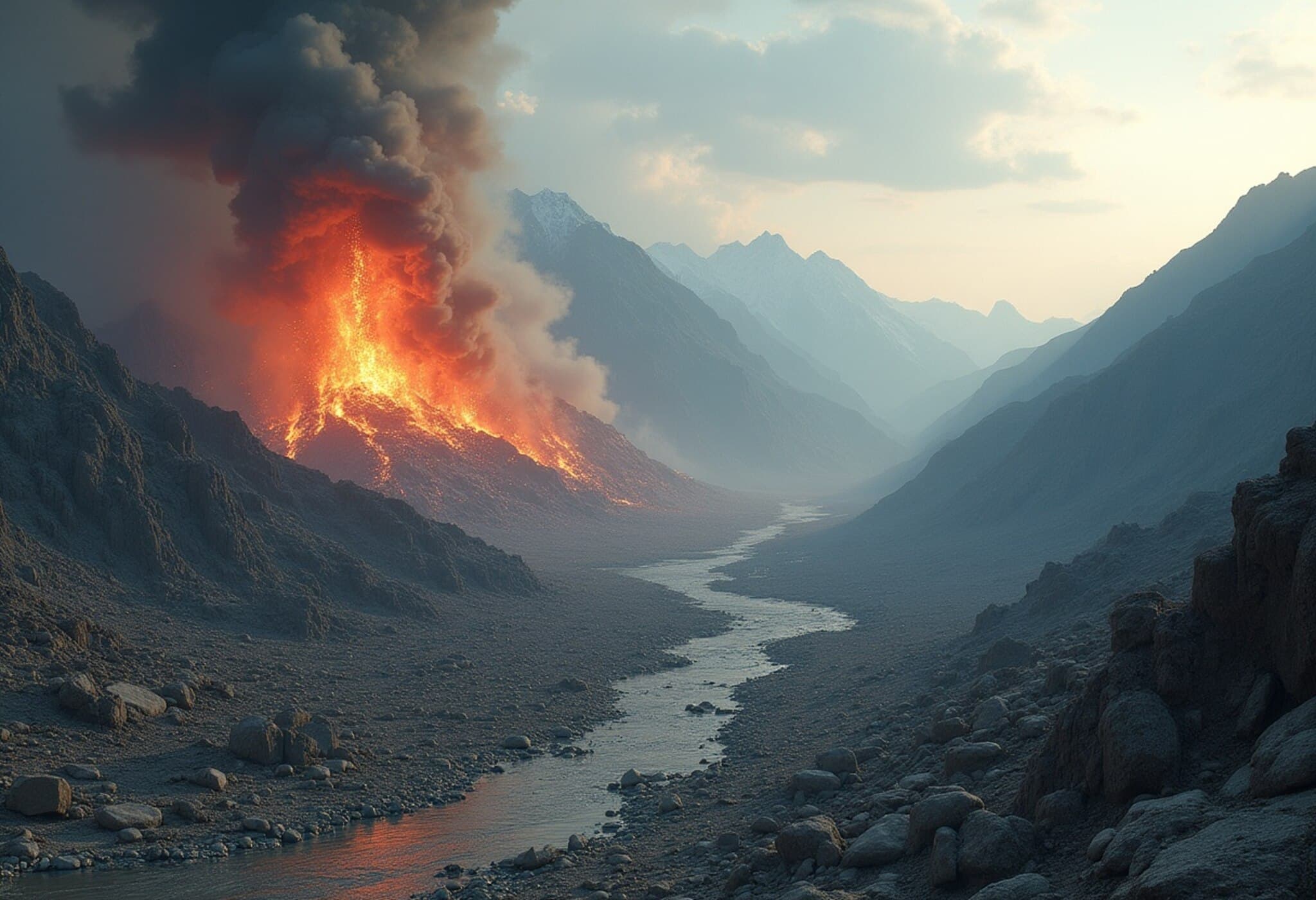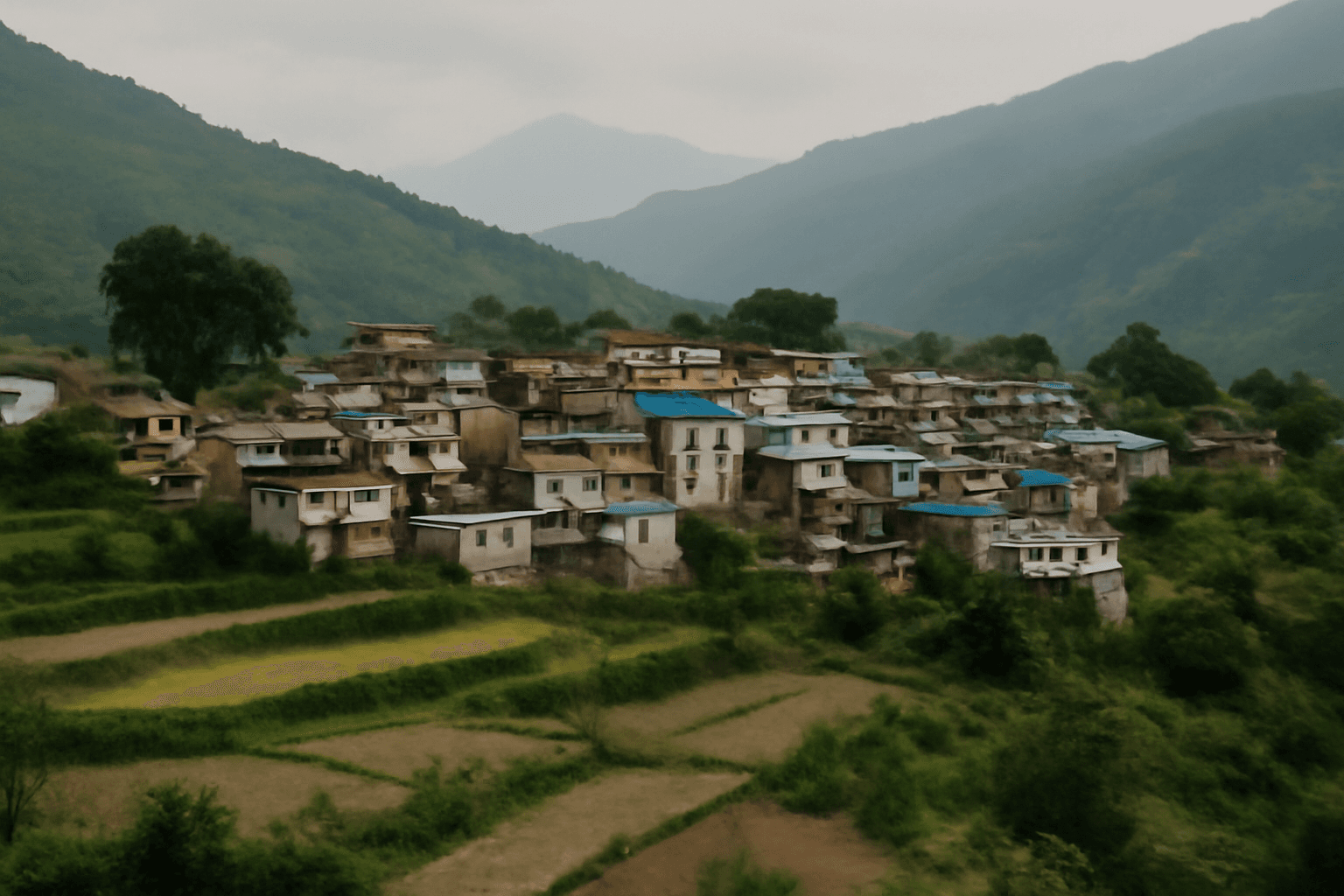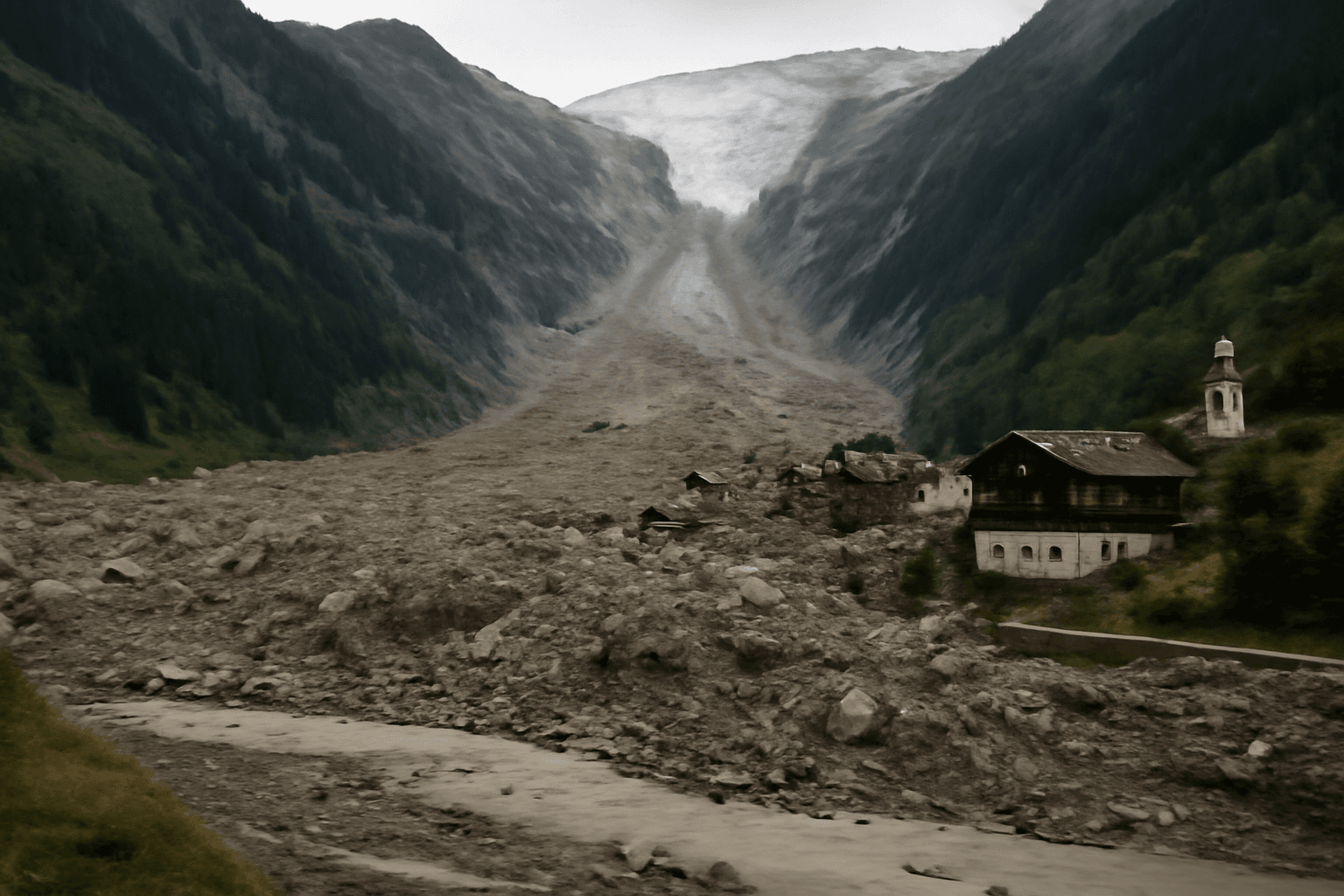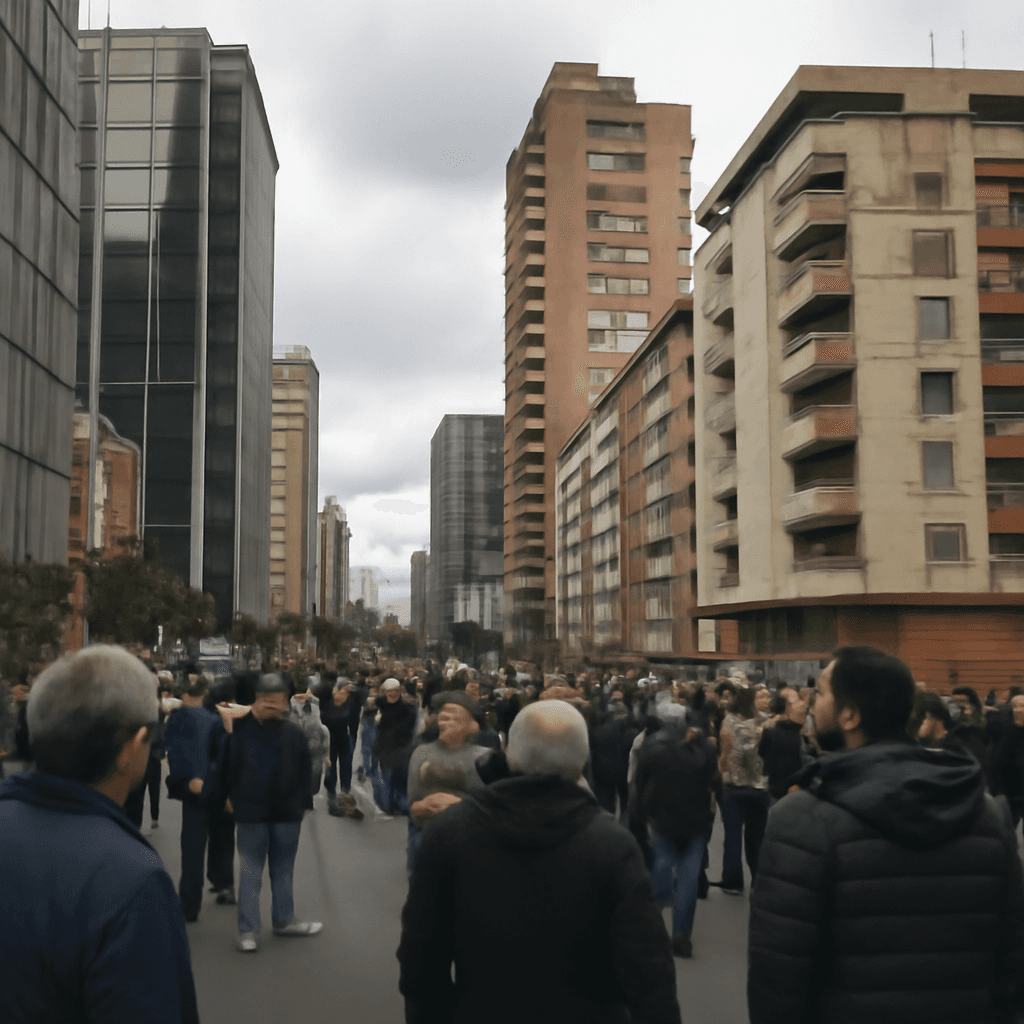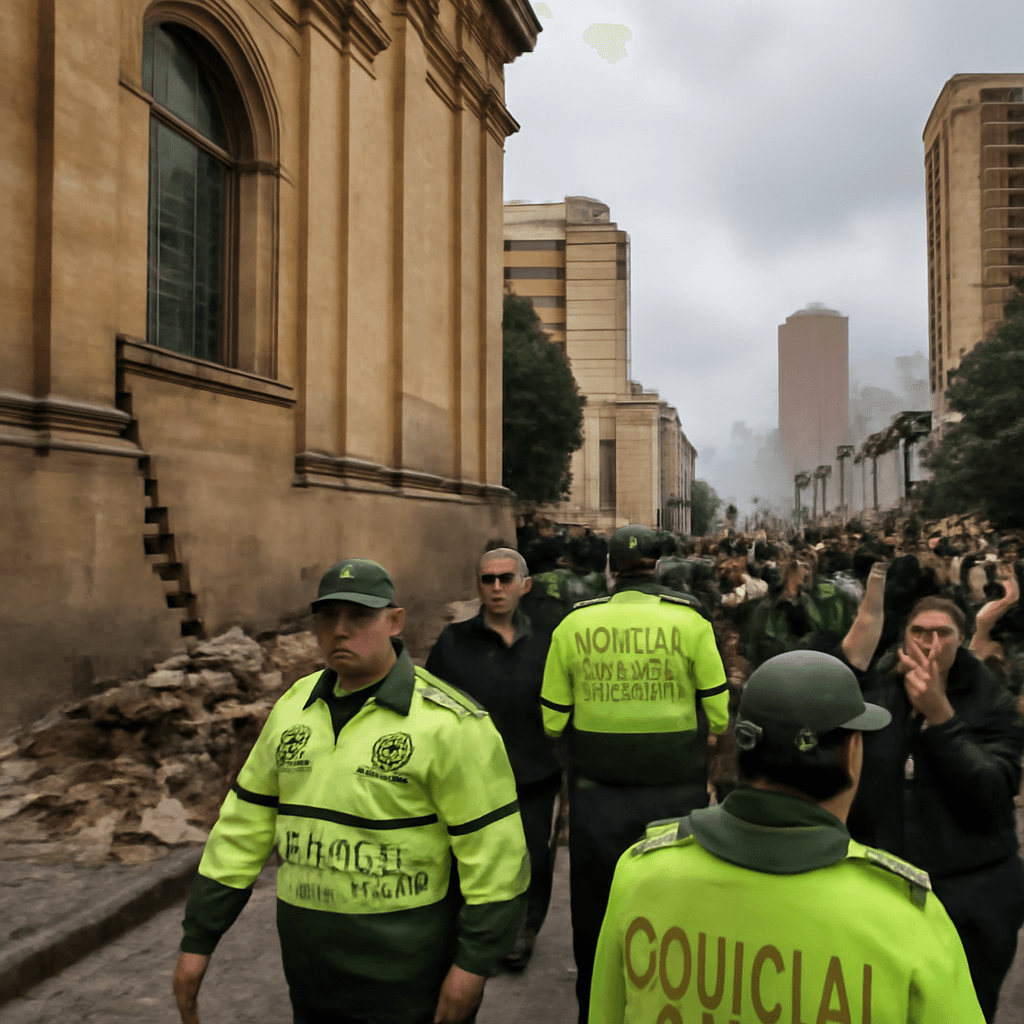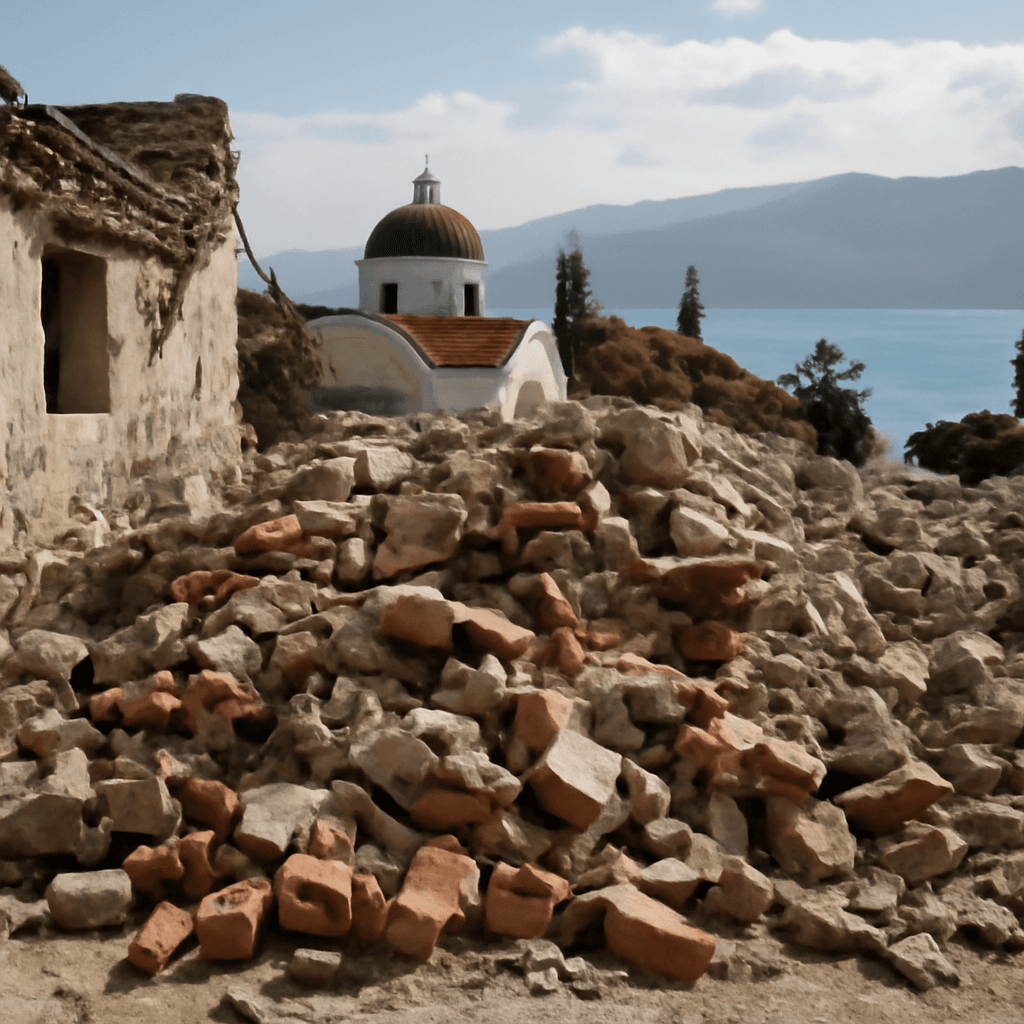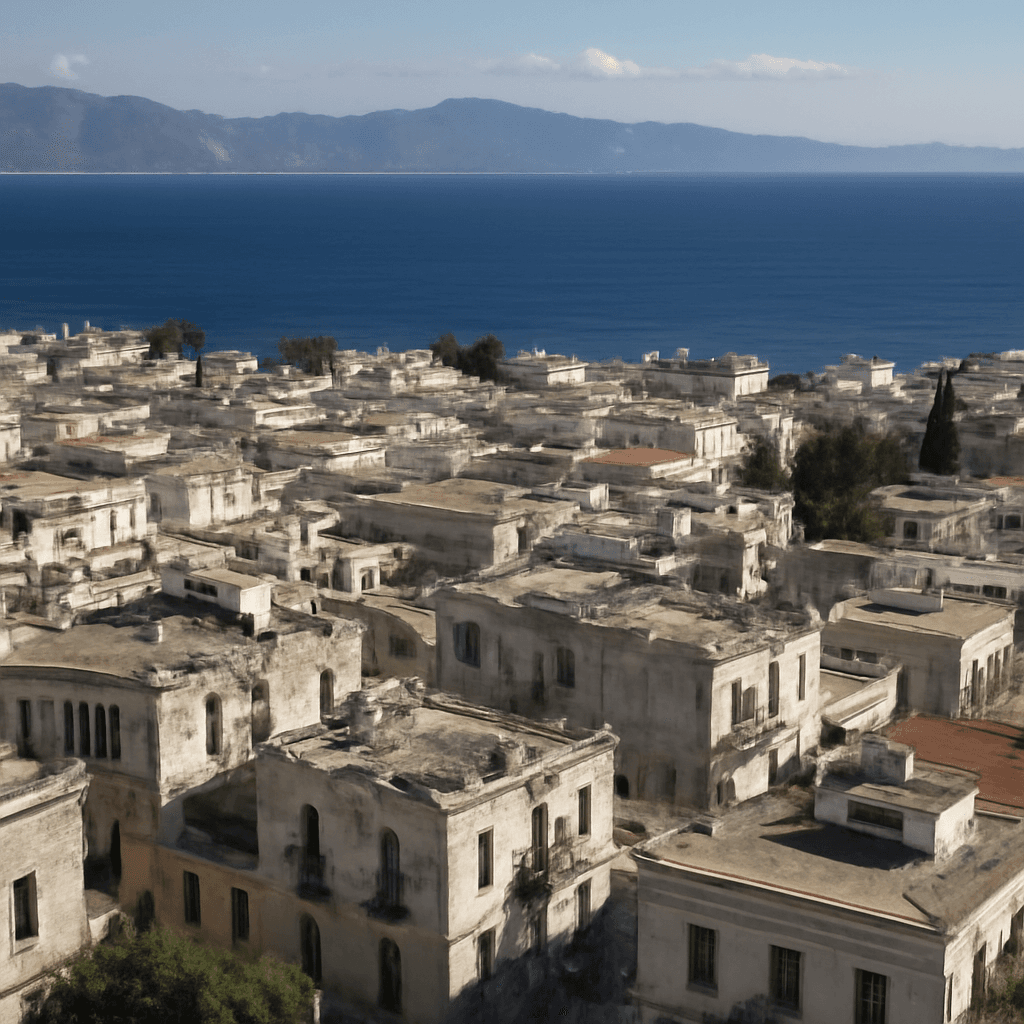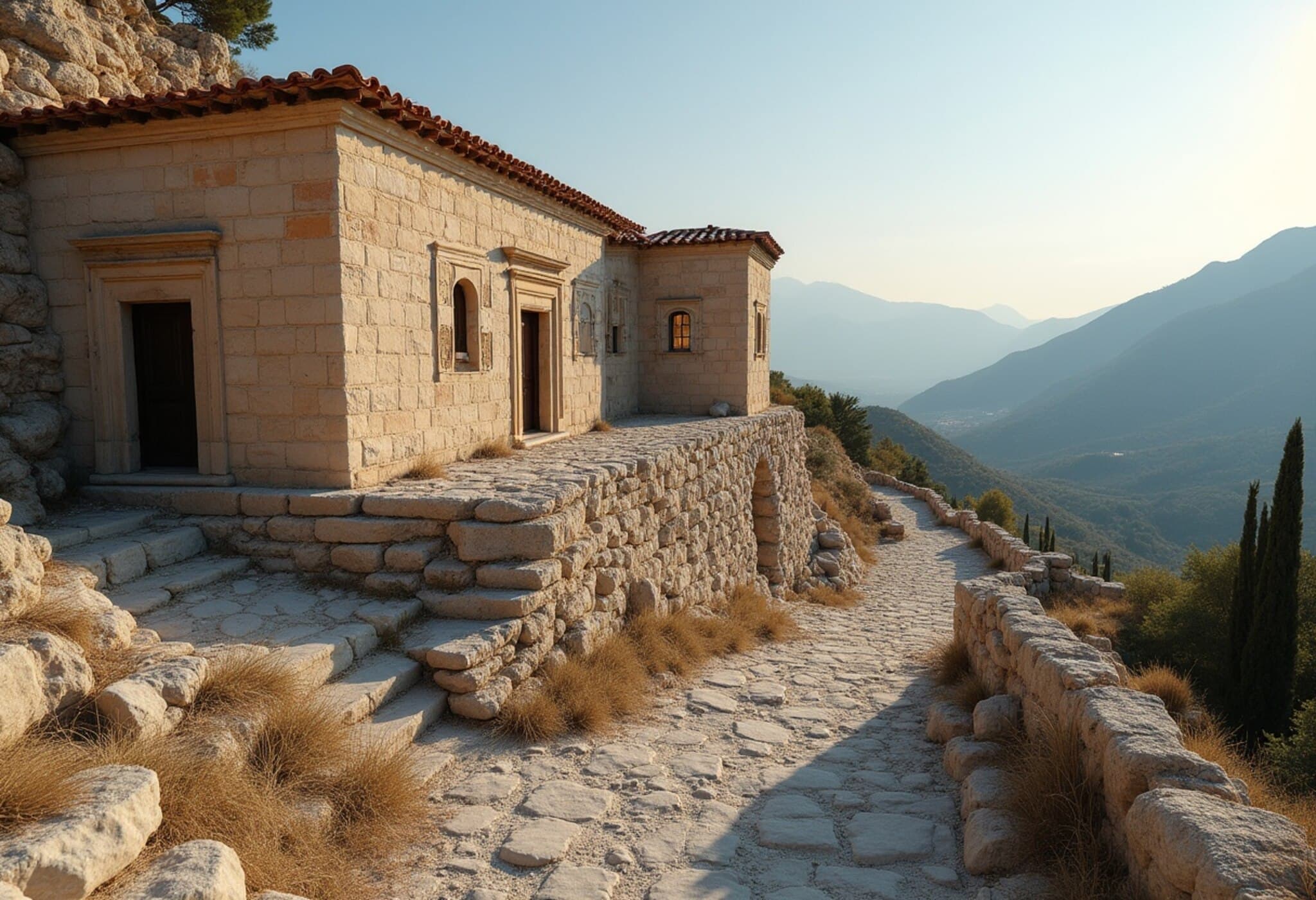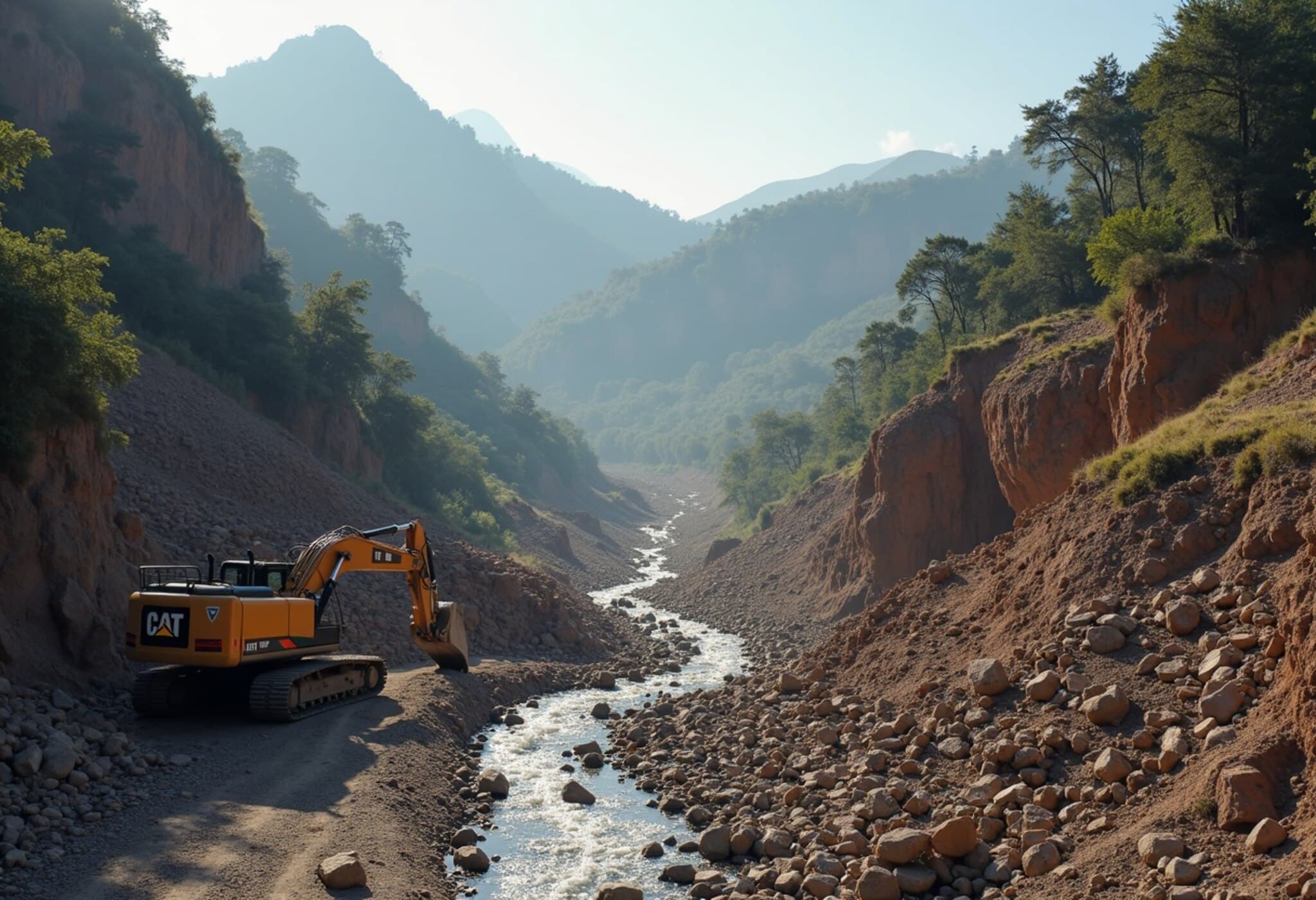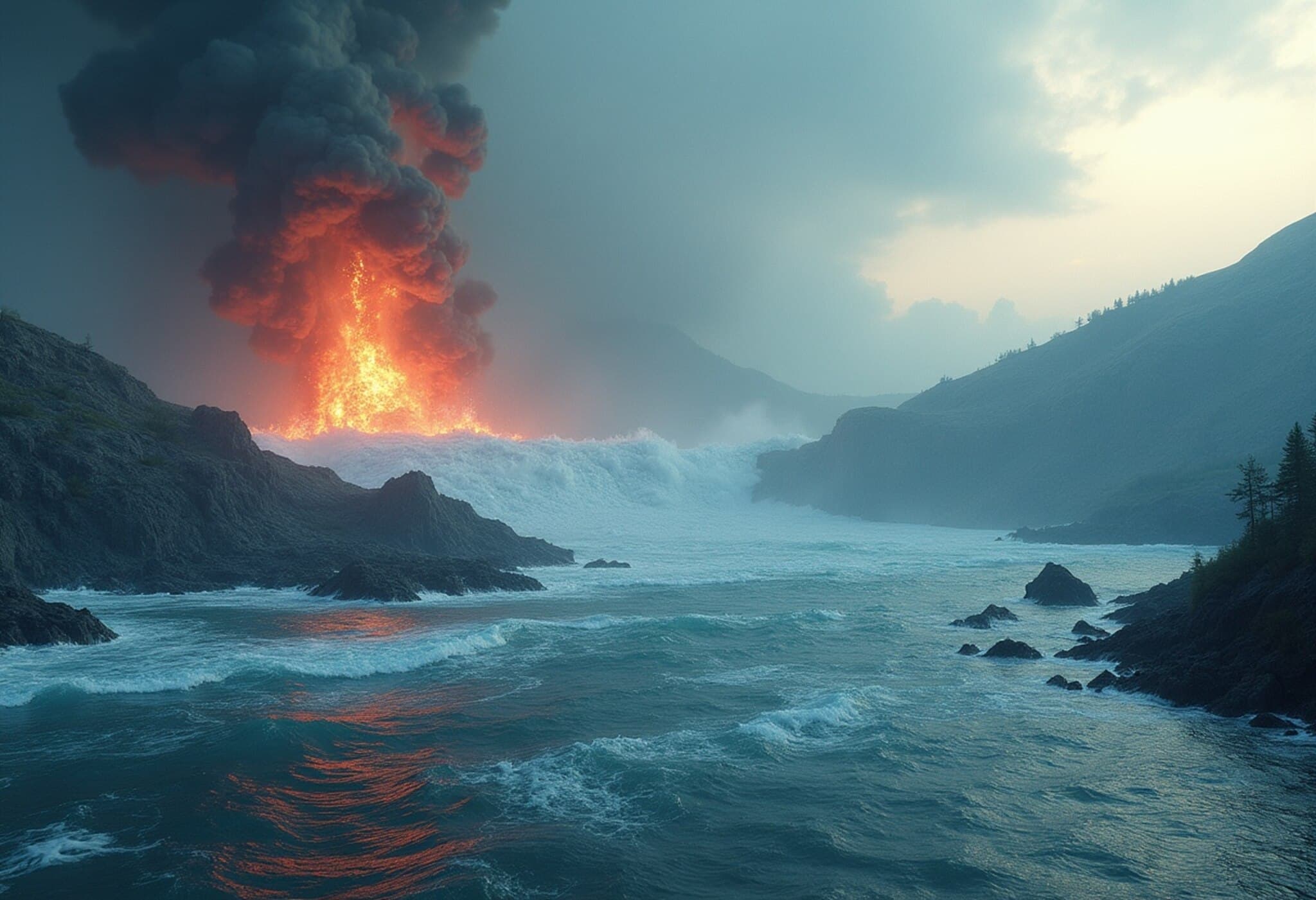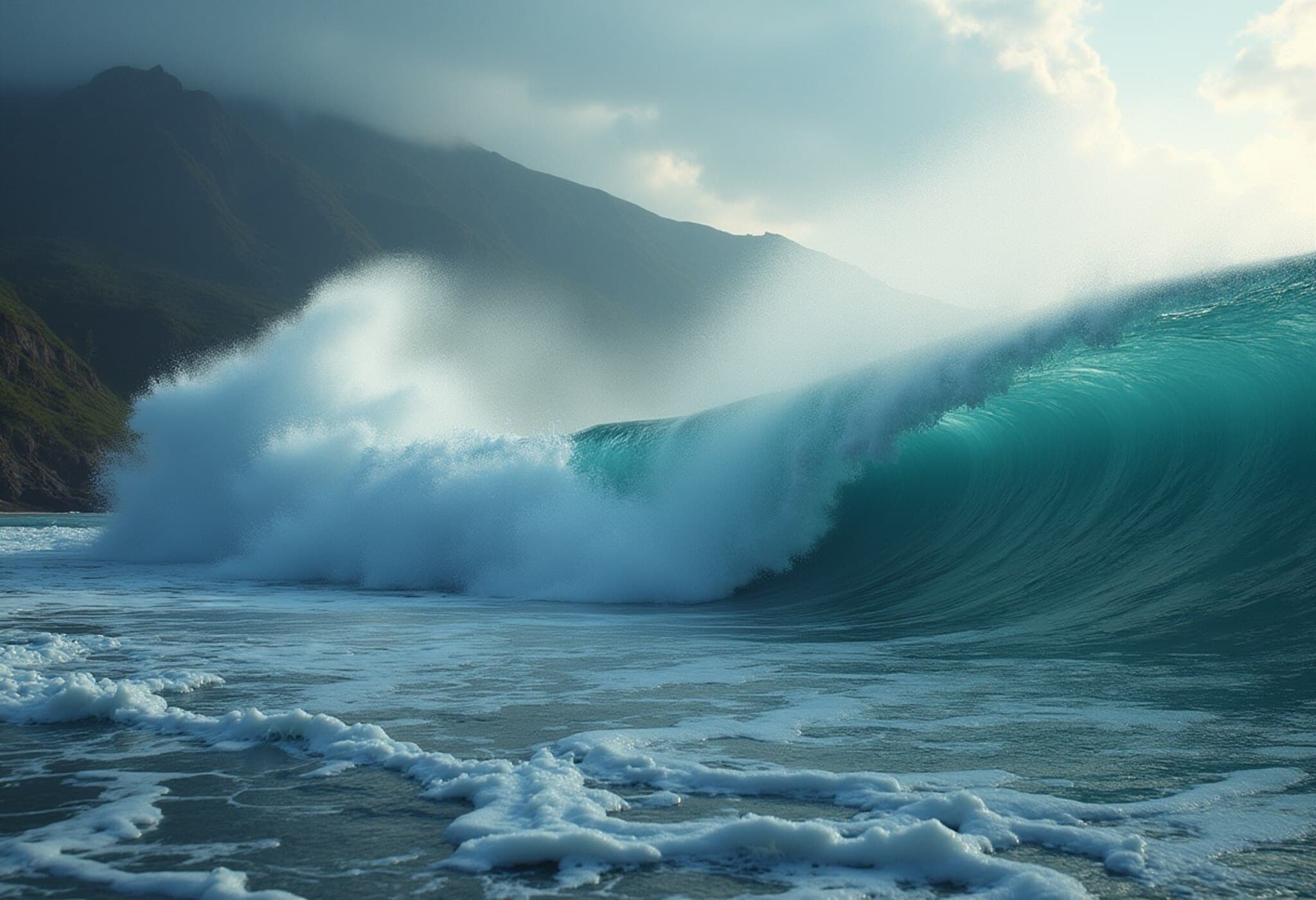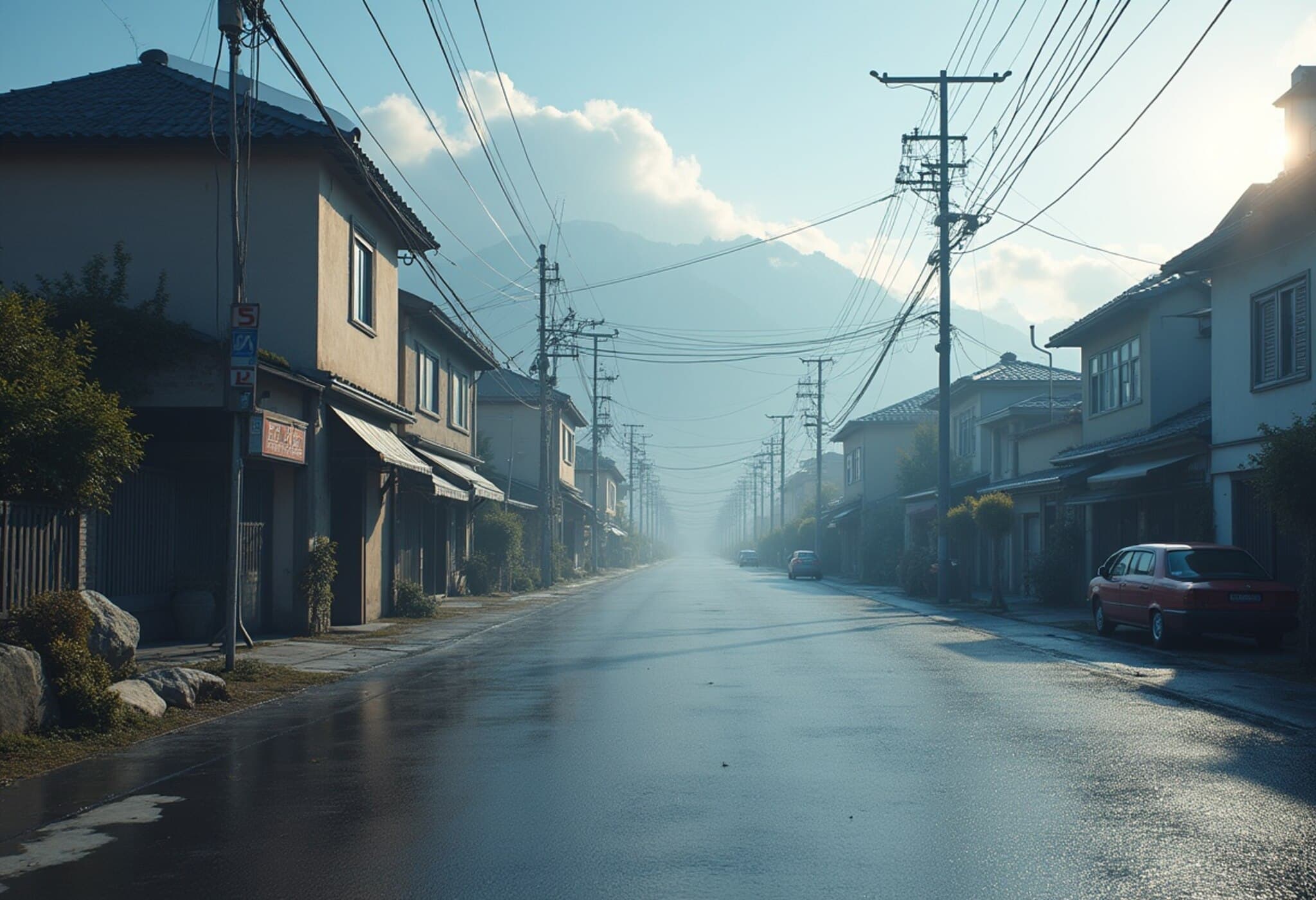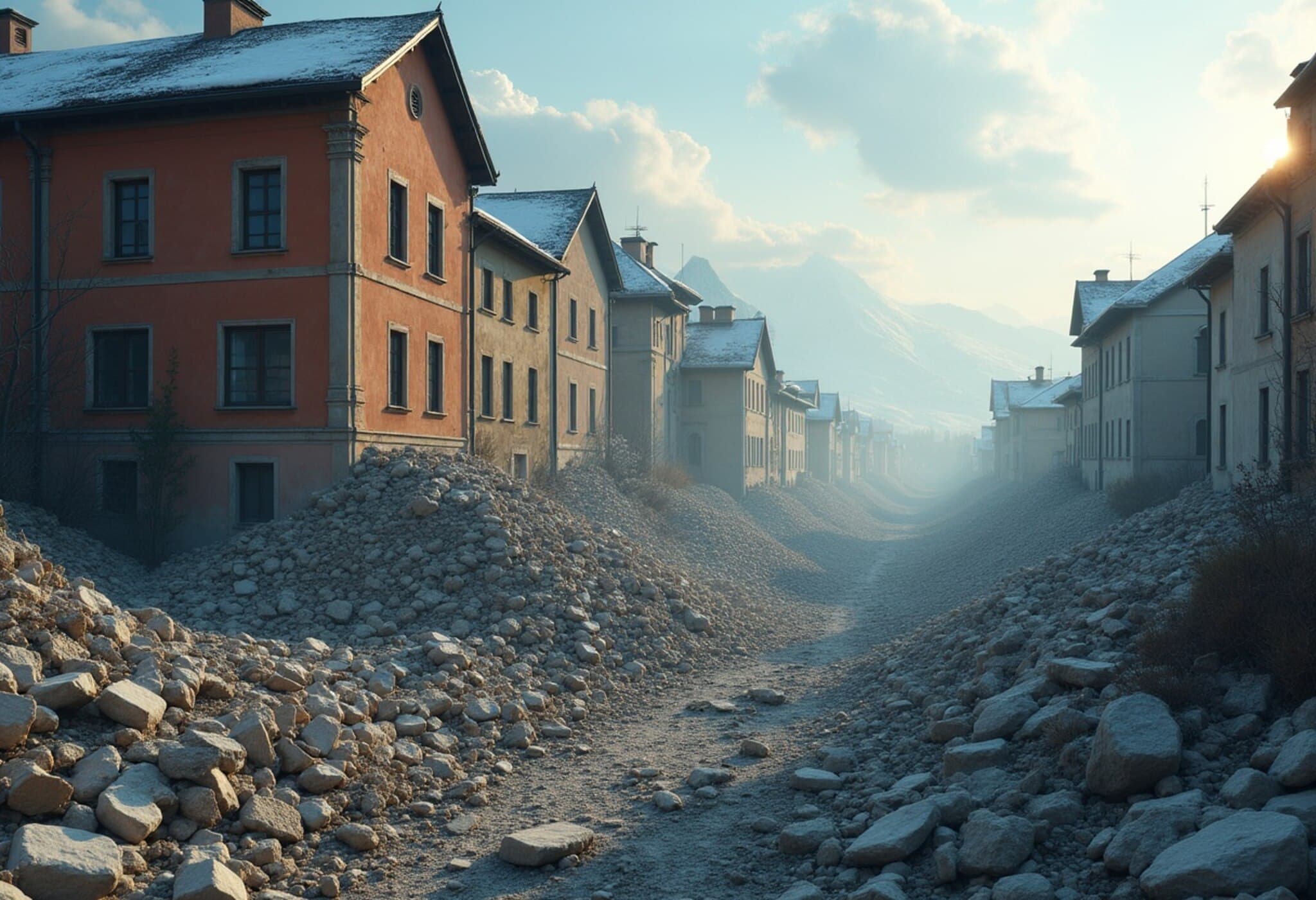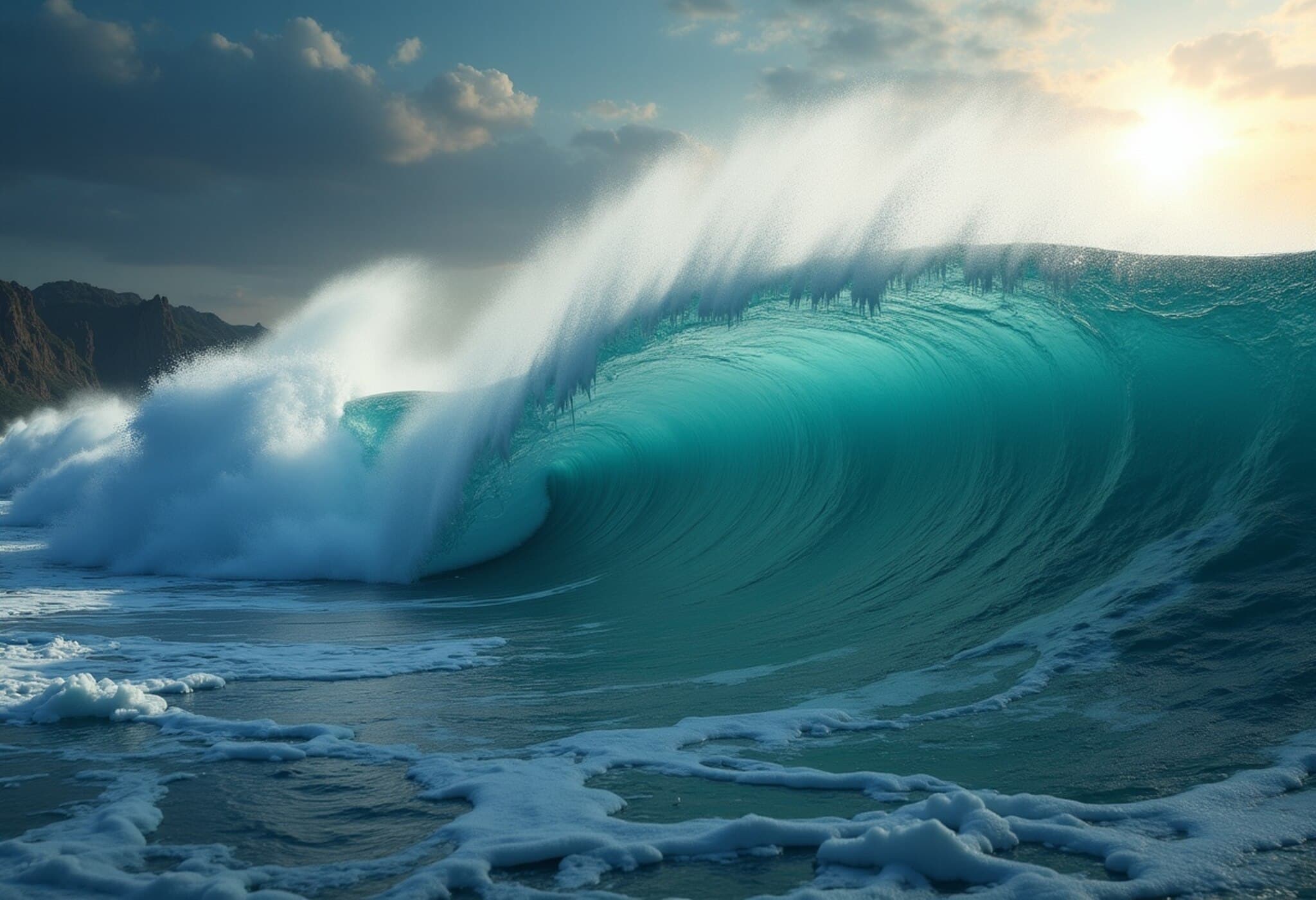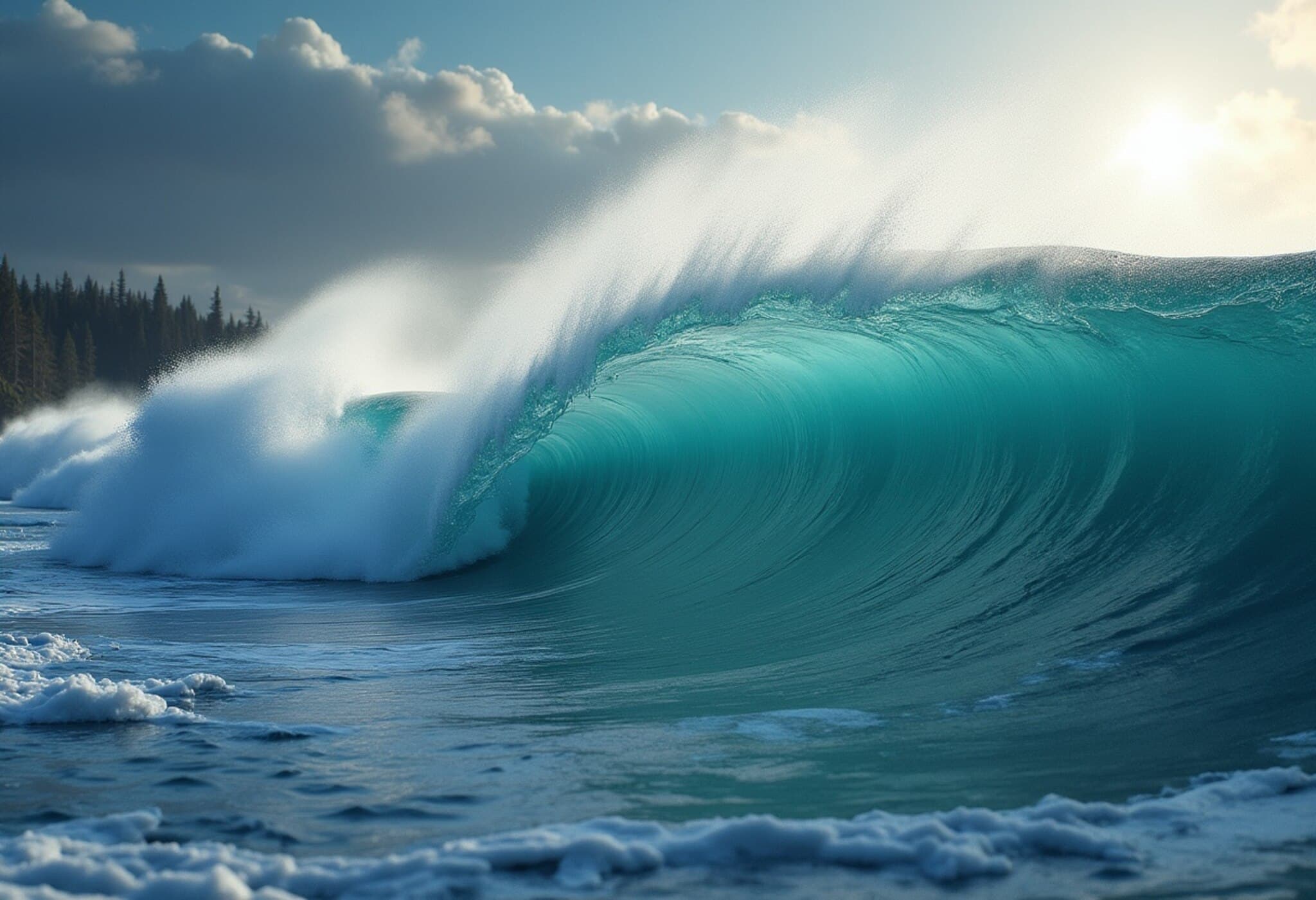Unraveling the World's Most Powerful Earthquakes: Kamchatka 2025 Joins the Ranks
Earthquakes are among nature’s most dramatic and devastating phenomena, capable of reshaping entire landscapes, triggering tsunamis, and leaving long-lasting scars on communities. Recently, a significant seismic tremor of magnitude 8.8 struck Russia’s Kamchatka Peninsula in 2025, marking it as one of the strongest quakes recorded globally in recent decades. This event has reignited worldwide discussions on earthquake preparedness and disaster resilience in seismically active regions.
Top 10 Most Powerful Earthquakes Ever Recorded
| Rank | Location | Year | Magnitude |
|---|---|---|---|
| 1 | Valdivia, Chile | 1960 | 9.5 |
| 2 | Prince William Sound, Alaska, USA | 1964 | 9.2 |
| 3 | Sumatra, Indonesia | 2004 | 9.1 |
| 4 | Tohoku, Japan | 2011 | 9.1 |
| 5 | Kamchatka, Russia | 1952 | 9.0 |
| 6 | Kamchatka Peninsula, Russia | 2025 | 8.8 |
| 7 | Maule, Chile | 2010 | 8.8 |
| 8 | Esmeraldas, Ecuador | 1906 | 8.8 |
| 9 | Rat Islands, Alaska, USA | 1965 | 8.7 |
| 10 | Tibet | 1950 | 8.6 |
Detailed Insights into History’s Major Earthquakes
Valdivia, Chile – 1960 (Magnitude 9.5)
Widely recognized as the most powerful earthquake ever recorded, the Valdivia quake reshaped southern Chile, triggering tsunamis that rippled across the Pacific Ocean, reaching as far as Japan and the Philippines. The human toll was over 1,600 fatalities, countless injuries, and widespread damage to infrastructure. This disaster proved pivotal in advancing global seismic monitoring and tsunami warning protocols, forming the backbone of today’s international earthquake risk management.
Prince William Sound, Alaska – 1964 (Magnitude 9.2)
Known as the Great Alaska Earthquake, this seismic event lasted nearly five minutes, dramatically altering Alaska’s geography through massive landslides and uplifting land areas. The resulting tsunami claimed more than 130 lives and devastated communities. The tragedy sparked significant improvements in seismic building codes across the United States, showcasing how disaster can drive regulatory progress.
Sumatra, Indonesia – 2004 (Magnitude 9.1)
Counted among the deadliest natural disasters in recent times, the Sumatra earthquake unleashed a colossal tsunami that killed over 230,000 people across 14 countries. The catastrophe precipitated international cooperation to create tsunami early warning systems, fundamentally transforming how coastal nations prepare for and respond to seismic oceanic hazards.
Tohoku, Japan – 2011 (Magnitude 9.1)
This calamity not only resulted in over 18,000 lives lost but also triggered the Fukushima nuclear disaster, underscoring the cascading risks earthquakes pose to modern infrastructure. Japan’s experience has driven global reassessment of nuclear safety and emergency planning, emphasizing resilience in urban, industrial, and community landscapes.
Kamchatka, Russia – 1952 (Magnitude 9.0)
Though the region’s sparse population limited casualties, the 1952 Kamchatka earthquake produced a Pacific-wide tsunami with waves up to 30 feet impacting Hawaii and Japan. This event highlighted the ongoing seismic volatility along the Pacific Ring of Fire and informed further research into tectonic processes in the Russian Far East.
Kamchatka Peninsula, Russia – 2025 (Magnitude 8.8)
The recent 2025 quake is the strongest recorded in Russia in over seven decades, shaking buildings and causing widespread alarm across the Pacific Rim with tsunami warnings from Japan to Hawaii. While casualty reports are still emerging, the incident reinforces the persistent seismic threat facing communities on the Pacific Coast and calls for urgent enhancements in regional disaster preparedness and infrastructure resilience.
Maule, Chile – 2010 (Magnitude 8.8)
This event resulted in over 500 deaths and extensive infrastructure damage, including destroyed highways and power grids. The swift recovery efforts and strict enforcement of building codes in Chile set an example for earthquake resilience worldwide, catering to an area notorious for its seismic activity.
Esmeraldas, Ecuador – 1906 (Magnitude 8.8)
One of Ecuador’s deadliest quakes, it caused approximately 1,500 casualties mainly due to tsunami flooding and structural collapses. The event was a stark reminder of the Pacific coast’s vulnerability, influencing early international coordination on tsunami hazard awareness.
Rat Islands, Alaska – 1965 (Magnitude 8.7)
Remote and sparsely populated, the Aleutian Islands felt the force of this quake and its accompanying 35-foot tsunami. Damage was largely limited to military and research installations, but its data provided valuable insights into the behavior of subduction zone earthquakes and Pacific-wide tsunami propagation.
Tibet – 1950 (Magnitude 8.6)
Devastating mountainous regions near the Tibet-India border, this earthquake caused landslides and flooding that claimed at least 780 lives. Its aftermath highlighted the multi-hazard complexities inherent in seismic activity, particularly in rugged terrain where secondary disasters like landslides pose significant risks.
Expert Perspective: Why These Quakes Matter Today
From a policy standpoint, these historic earthquakes illuminate the critical importance of sustained investment in seismic monitoring, early warning systems, and resilient infrastructure. Especially in the United States, where regions such as Alaska and the West Coast are perpetually vulnerable, ongoing innovations in technology and community preparedness can save lives and reduce economic fallout.
The 2025 Kamchatka quake serves as a sobering reminder that even regions perceived as remote are not immune to seismic hazards, underscoring the global nature of earthquake risk across the Pacific Rim. As climate change influences sea levels and weather patterns, concurrent disasters could compound the impacts of such seismic events.
Key Takeaways
- Magnitude alone doesn’t dictate disaster impact: Population density, infrastructure quality, and emergency response capacity play major roles.
- International cooperation is vital: Tsunamis and earthquakes transcend borders, requiring shared data and joint preparedness efforts.
- Preparedness saves lives: Investing in public education, building codes, and early warning systems remains the most effective defense.
Editor’s Note
Beyond sheer numbers and magnitudes, these seismic events reveal humanity’s ongoing struggle to adapt to the Earth’s dynamic forces. The recent Kamchatka earthquake reaffirms that our planet’s geology is unpredictable, urging robust, regionally tailored preparedness strategies and international solidarity. As we reflect on these powerful quakes, we must ask: How can global communities better integrate science, policy, and public engagement to minimize future loss? The answer lies in shared knowledge and proactive investment—because when the ground shakes, every second and every preparation counts.

